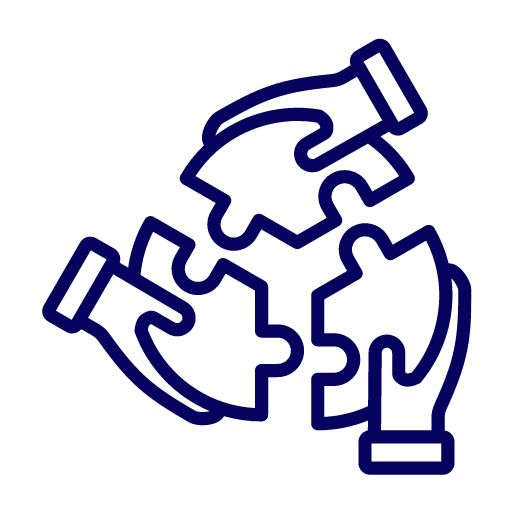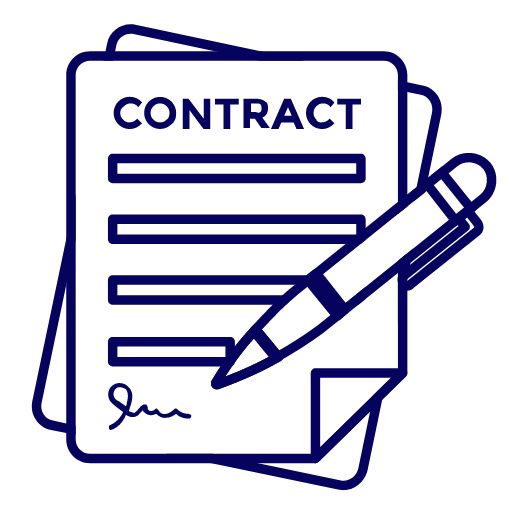
Samar Shah is a patent attorney at Outlier Patent Attorneys, PLLC, where he represents startups and enterprise companies on patents in the AI, robotics, cybersecurity, SaaS, and health-tech sectors, as well as advanced tech for medical devices, mechanical devices, and biotech applications.

If you’ve come up with a new idea or an invention, you are probably wondering: “can I protect or patent this?” That is a great first question, and the answer can be very simple or very complex depending on what you’ve invented.
TL;DR
Determining patent eligibility revolves around two primary legal requirements: (1) the invention must fall under patentable subject matter and (2) it needs to demonstrate novelty, non-obviousness, and usefulness.
It is absolutely possible to patent something that uses off-the-shelf components as long as you are combining those components in novel or unexpected ways.
These requirements can be nuanced for certain inventions–especially in the software field–so engaging with a patent attorney can be beneficial. They can provide guidance on patentability, conduct necessary research (like a prior art search), and anticipate potential issues.
The Law: A Two-Step Determination
The patentability question is actually a two-fold inquiry; you have to meet both requirements to be able to get a patent on an idea or an invention. Broadly, for an invention to be patentable, it has to meet the following two requirements: (1) it has to be categorized as patentable subject matter (often referred to as “statutory” subject matter), and (2) it has to be novel, non-obvious, and useful.
See Section 101 of the Patent Act [35 U.S.C. § 101], which states that an invention must meet the following requirements to be patent eligible: usefulness, novelty, and non-obviousness.
We discuss each requirement below.
(1) Patentable Subject Matter
Under the first requirement, an invention has to fall within a category of patent eligible subject matter. This is the category that most people are thinking about when they ask the question “is my invention or idea patentable?” This is a purely legal analysis, and a competent patent attorney should be able to tell you whether your idea is patentable subject matter or not.
For context, however, the Federal statutes and the US Supreme Court have stated that the following categories are patentable subject matter:
- processes, machines,
- manufactured articles, and
- compositions of matter (and “improvements thereof”)
See 35 U.S.C § 101 providing that “[w]hoever invents or discovers any new and useful process, machine, manufacture, or composition of matter, or any new and useful improvement thereof. . . .” is entitled to a patent. You can also check out USPTO’s section 101 examples for subject matter eligibility here, where they provide 46 different example scenarios that are interpreted in light of their guidance on this section.
Physical Products are Patentable
Some of these categories are easy: physical devices, apparatuses, machines are clearly patent eligible because they fall under the “machines” or “manufactured articles” categories. Other things, such as mathematical concepts or formulas, laws of nature, art work, logos, recipes, etc., are not patent eligible because they don’t fall under any of the categories listed above.
Software Based Inventions Are Tricky
Some of these categories, however, can be quite complex to interpret. For instance, does computer software fall under any of these categories?? The answer to these questions is, as you would expect: it depends. In one case, the Supreme Court stated that “[t]ransformation and reduction of an article ‘to a different state or thing’ is the clue to the patentability of a process claim that does not include particular machines.” [Diamond v. Diehr, 450 U.S. 175 (1981)]. In that case, transforming uncured rubber into a cured state while calculating the time and temperature to cure the rubber was found to be a patent eligible process. In a more recent case, the Supreme Court stated that a software based invention may be patent eligible if it: improves computer functionality, is necessarily rooted in computer technology, if it uses unconventional computing arrangement, or if it uses generic computing components in an unconventional way. [Alice Corp. v. CLS Bank Int’l, 573 U.S. 208 (2014)]. Computer software that simply automates human behavior or computing techniques that humans have used to, for example, compute taxes, etc., are generally not patent eligible. If your invention is software based, we recommend this in-depth blog post on software patents for comprehensive insight into the law and its patentability.
(2) Novelty, Nonobviousness, and Utility
The second major requirement for patentability requires an invention to be novel, non-obvious, and useful.
Let’s start with the “useful” or the utility requirement, since that is the easiest one: an invention must serve a functional purpose and be theoretically viable. You’ll meet this requirement as long as you haven’t invented a time machine, or perpetual motion machine!
Novelty and nonobviousness analysis calls for a fact-based inquiry, and a patent attorney cannot tell you whether you meet these requirements without doing some research as to how others may have done things in the past. This research is often referred to as a “prior art search” by patent practitioners.
- Novelty requires the invention to be new (i.e. it cannot have been used, sold, or created before by someone else [35 U.S.C. § 102]).
- Non-obviousness means that the invention cannot be an obvious modification of an existing technology [35 U.S. Code § 103].
Novelty is pretty straightforward, if your invention was created before you came up with it, then you cannot get a patent on it. Non-obviousness is a bit tricky though. You may be asking yourself, non-obvious to whom? You, the inventor, might have thought it was obvious to create your invention because you saw a problem in the market, and the solution was obvious to you.
The legal rule is that obviousness must be viewed from the lens of a person of “ordinary skill in the art.” [MPEP 2141.03]. A person of ordinary skill in the art is a fictitious person that the Courts will invent, who has the knowledge and skill of an ordinary practitioner (i.e. not an exceptional practitioner) in your field of invention. That fictitious person is allowed to make connections, inferences, and logical conclusions to determine whether it would be obvious to create your invention in light of what is customary or already available in that field of art. The person of ordinary skill in the art is also allowed to look at other fields for inspiration if it would be ordinary or customary for such a person to do so. As you can imagine, this inquiry gets very complicated very fast. And, if you have questions about obviousness, it is best to talk to a patent attorney first. It can save you time and effort in going through the patent process. A good patent attorney will help you answer these questions before they start writing a patent application, and will anticipate these issues ahead of time.
FAQs
The short answer is that yes, it can be patentable if it forms an unexpectedly new and non-obvious combination that yields a useful result. However, the combination itself must result in something more than the predictable sum of its parts; it would need to demonstrate an expectedly new and non-obvious combination of these components that provides a useful result. [See KSR International Co. v. Teleflex Inc., 550 U.S. 398 (2007), which established a new ordinary innovation standard].
There’s no straightforward answer to this question: it depends. Generally, if your invention is a new and non-obvious use of an existing product or provides a new way to use it, then it can be patentable. However, simply applying an existing technology or innovation to a new field doesn’t necessarily make it patentable (especially if the application is obvious).
Your invention can also still be patent-eligible if it is just an improvement on existing patented inventions. But, you still need to prove that it is a new, useful, and non-obvious improvement–which, depending on your invention, may or may not be a complex bar to overcome.
Yes, your own disclosure or sale can count as public disclosure and may be used against you for the novelty and non-obviousness analysis (See USPTO for more details). If you’ve publicly disclosed your invention before filing for a patent, you have a 12-month grace period to file in the US (See this blog for more info). It can be useful to consult a patent attorney to understand whether a past disclosure impacts your analysis or before making any public disclosures of your invention.



